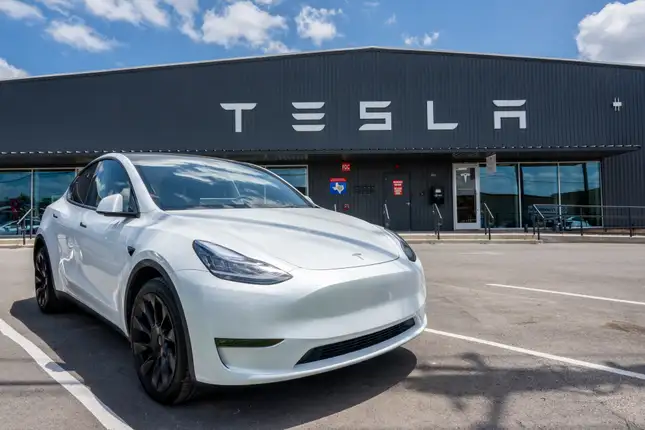In 2024, Tesla saw its first annual sales decline in more than a dozen years. Vehicle deliveries dropped by 1.1%, from 1.81 million in 2023 to 1.79 million in 2024. This decline highlights the challenges Tesla faces as the electric vehicle (EV) market.
Reasons for the Decline
More Competition: The EV market is crowded with companies like China’s BYD quickly catching up. BYD’s sales jumped by 41% in 2024, nearly matching Tesla’s numbers. More companies are entering the EV space, making the market more competitive.
Market Saturation: In the U.S. and Europe, early adopters have already bought EVs, leaving a more cautious and price-sensitive mainstream market. Concerns about range, cost, and charging infrastructure also play a role.
Economic Issues: High interest rates and inflation have made buying cars tougher for many people. Tesla’s average sales price fell to $41,000 in Q4, the lowest in four years, due to discounts aimed at boosting sales.
Aging Models: While the Model 3 and Model Y are still popular, their appeal has faded with newer, flashier EVs entering the market. Delays with the Cyber-truck have also hurt Tesla’s competitiveness.
Stock Performance
Even with the sales drop, Tesla’s stock rose by 62.5% in 2024, driven by optimism about the company’s future, especially in AI and autonomous driving. However, Tesla’s stock fell by 6.1% in early January 2025 after the Q4 delivery results missed expectations.
Challenges and Opportunities
Tesla aims for a 20%-30% increase in vehicle deliveries in 2025. To reach this goal, it must tackle several challenges:
Attracting Mainstream Buyers: Tesla needs more affordable models to attract average buyers. Analysts suggest a car priced between $30,000-$35,000 to compete with hybrids and gas-powered cars.
Restoring Profit Margins: Late 2024 discounts boosted sales but cut into profits. Tesla must balance competitive pricing with maintaining its profit margins.
Rebuilding the Brand: Elon Musk’s public statements have raised concerns about alienating environmentally conscious buyers. Focusing on sustainability and innovation could help realign the brand with its core audience.
Growth Opportunities
Despite these challenges, Tesla has significant growth potential:
Global Expansion: Tesla can expand into untapped markets like India and Southeast Asia, which could drive substantial growth.
AI and Autonomous Driving: Investing in AI and autonomous driving technology could open new revenue streams and set Tesla apart from competitors.
New Products: Rumors of a refreshed Model Y and a more affordable vehicle suggest Tesla is preparing for its next growth phase.
The Bigger Picture
Also read: BYD Takes Over Tesla In EV Sales, Becoming The Top Seller In EV Market – Business Insights
While the overall EV market is still strong, U.S. EV sales growth slowed to 7.2% in 2024, compared to 47% in 2023. Tesla’s competitors, now offering over 75 EV models in the U.S., are closing the gap, challenging Tesla’s dominance.
Conclusion
Tesla’s first annual sales decline is a pivotal moment. To stay ahead, Tesla needs to adapt, innovate, and strategically expand. By addressing its aging lineup, exploring new markets, and pushing technological boundaries, Tesla can turn this setback into a chance for long-term growth.
In the fast-changing EV industry, Tesla’s ability to pivot and innovate will decide whether 2024 is seen as a turning point or just a temporary stumble.









